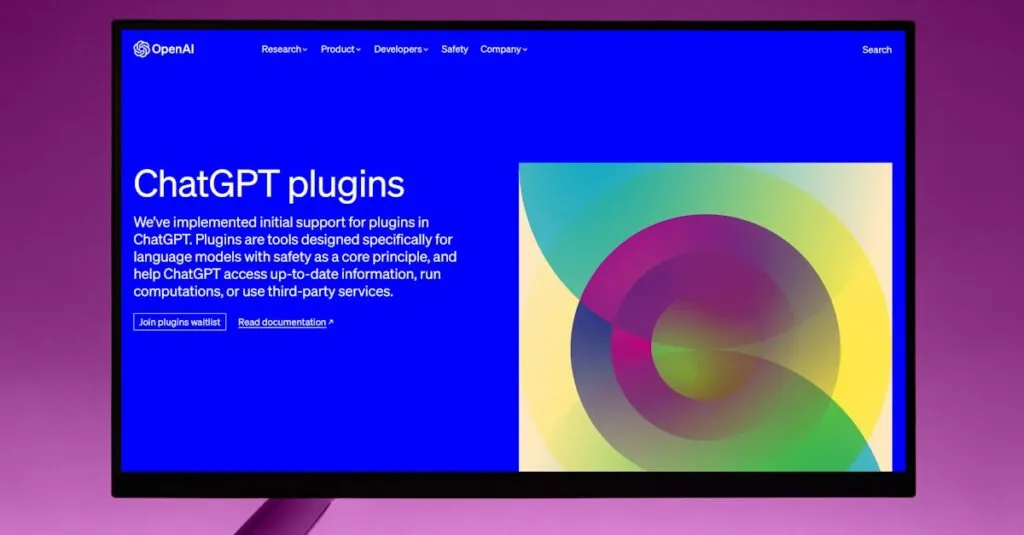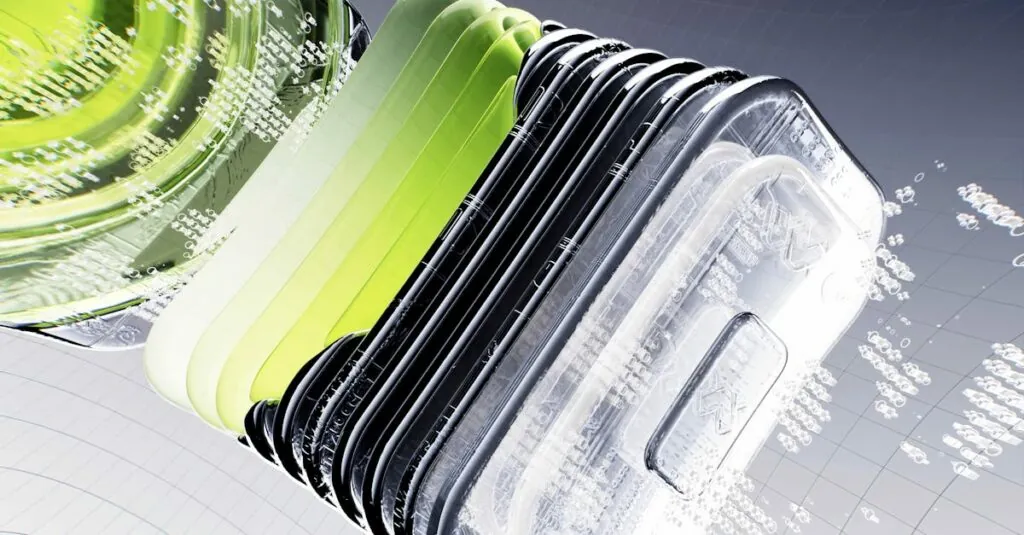Imagine a city where traffic lights know when to change based on real-time traffic flow, and streetlights adjust their brightness based on the number of pedestrians. Welcome to the world of smart cities powered by the Internet of Things (IoT). This isn’t just a futuristic daydream; it’s happening right now.
Table of Contents
ToggleOverview of Internet of Things for Smart Cities
Internet of Things (IoT) technology transforms urban environments into smart cities. Various devices, equipped with sensors, communicate and share data to improve city services. These advancements lead to efficient traffic management, reducing congestion and enhancing public safety.
Smart transportation systems incorporate IoT to optimize traffic flow. Real-time data from connected vehicles and infrastructure allows for dynamic traffic light adjustments. Such systems decrease travel times and lower emissions by syncing signal changes with traffic patterns.
Public safety benefits from IoT integration as well. Smart surveillance systems monitor urban areas, providing data for law enforcement. Enhanced analytics from these systems facilitate faster responses to incidents and improve allocation of resources.
Urban infrastructure also receives upgrades through IoT applications. Smart waste management systems, for instance, use sensors to monitor bin capacity. This prevents overflow and reduces collection costs by optimizing routes for waste trucks.
Moreover, energy efficiency gains support sustainability efforts. Smart grids enable efficient energy distribution, reducing waste and lowering costs for consumers. Connected streetlights adjust their brightness based on traffic and pedestrian presence, conserving energy while maintaining safety.
Community engagement improves when towns adopt IoT solutions. Citizens can access real-time information about city services and report issues through mobile applications. This interaction fosters transparency and builds trust between residents and local governments.
Incorporating IoT into urban planning ensures a cohesive approach toward developing smart cities. Various stakeholders, including government agencies, tech companies, and citizens, collaborate to create adaptable, resilient communities. Emphasizing connectivity and data sharing, smart cities showcase how innovative technology can enhance everyday life.
Key Components of Smart Cities
Smart cities rely on several key components that work together to enhance urban living through IoT technology. These elements play crucial roles in creating efficient, responsive, and sustainable environments.
Sensors and Devices
Sensors and devices form the backbone of smart cities. They gather data on a wide range of parameters, including air quality, traffic patterns, and energy consumption. Smart traffic signals utilize this information to adjust in real-time, improving vehicle flow. Connected waste bins monitor fill levels and notify waste management when collection is needed. Additionally, environmental sensors help cities track pollution and initiate timely responses. Each device contributes valuable data, enabling city officials to make informed decisions.
Connectivity Solutions
Connectivity solutions facilitate communication between devices in smart cities. High-speed wireless networks support the seamless transmission of data from sensors to management systems. Fiber optic cables provide reliable, high-capacity internet connections. Furthermore, 5G networks enhance communication capabilities, allowing for faster response times and more efficient data management. Each of these solutions ensures that all components of the smart city, from infrastructure to services, operate in harmony, resulting in improved urban experiences.
Applications of Internet of Things in Urban Environments
Smart cities leverage IoT technology to enhance various urban applications, significantly improving the quality of life for residents.
Smart Traffic Management
Smart traffic management systems utilize real-time data to optimize traffic flow. Sensors monitor vehicle density and adjust traffic signals accordingly, reducing waiting times at intersections. These systems collect data on public transportation routes, allowing for timely adjustments that improve schedule accuracy. Cities integrating smart traffic solutions can experience decreased congestion and lower travel times. By prioritizing public transport, cities can encourage its use, further alleviating traffic.
Energy Efficiency and Smart Grids
Smart grids enable better energy management across urban areas. They gather real-time data on energy consumption, allowing for optimal energy distribution. IoT-enabled devices adjust lighting based on usage patterns, conserving power when areas are unoccupied. Increased integration of renewable energy sources enhances grid resilience and reduces dependence on fossil fuels. Urban centers that adopt smart energy solutions realize significant cost savings and lower carbon footprints.
Waste Management Solutions
Waste management systems equipped with IoT sensors monitor bin capacity and optimize collection schedules. These systems prevent overflow, ensuring a cleaner urban environment. Data analytics allow cities to identify trends in waste generation, helping to develop effective recycling programs. By adjusting collection routes, municipalities save time and fuel, further reducing operational costs. Sustainable waste management practices support the overall health and hygiene of urban spaces.
Challenges and Considerations
Smart cities face various challenges when implementing IoT technologies. Addressing these issues ensures that urban advancements are effective and sustainable.
Data Privacy and Security
Data privacy poses significant concerns. Personal information collected by sensors and devices demands robust security measures. Implementing encryption safeguards data from unauthorized access. Regulations such as GDPR enforce data protection standards, emphasizing the need for transparency in data collection. Trust builds when residents understand how their data is used, leading to higher community engagement. Advanced security protocols will also prevent data breaches, ensuring residents’ information remains confidential.
Infrastructure and Integration
Integrating new technologies within existing infrastructure proves challenging. Outdated systems require upgrades to accommodate IoT solutions. Investment in smart infrastructure enhances system performance and efficiency. Cities must prioritize compatible technologies that ensure smooth communication across devices. Gradual implementation allows for adaptation without overwhelming resources. Collaboration between technology providers and municipal agencies fosters seamless integration, creating a unified urban ecosystem. Addressing interoperability issues early can mitigate future complications when scaling smart city solutions.
Future Trends in Smart Cities
Emerging technologies are shaping the future of smart cities, with IoT at the forefront. Increasingly, cities leverage advanced data analytics to enhance urban living. Smart public transportation systems will likely evolve to incorporate real-time scheduling powered by IoT data, minimizing wait times for commuters. Cities may also adopt autonomous vehicle technology, improving traffic flow and reducing accidents.
Integration of artificial intelligence into city management is another significant trend. AI algorithms will analyze vast amounts of data from various sources, facilitating real-time decision-making for city officials. Enhanced predictive modeling could allow municipalities to anticipate infrastructure needs, paving the way for proactive maintenance and planning.
Sustainable urban development continues to gain precedence. Smart cities will focus on renewable energy sources, utilizing IoT-enabled systems to monitor resource consumption. Green buildings equipped with smart technologies can optimize energy efficiency, leading to reduced operational costs and lower carbon footprints.
By increasing engagement, citizens play a crucial role in shaping smart cities. Mobile applications empower residents to provide feedback and report issues instantaneously, fostering community participation. Social platforms may enhance transparency, increasing trust between local governments and citizens.
Digital twins, or virtual replicas of cities, are expected to become commonplace. These models will assist urban planners in simulating the impact of new initiatives, from transportation to energy consumption. Improved collaboration among stakeholders will optimize resource allocation, ensuring cohesive development strategies.
Lastly, enhanced cybersecurity measures are becoming vital. As smart cities expand their interconnected networks, robust security protocols will protect sensitive data. Future trends emphasize the importance of building secure digital infrastructures, ensuring the privacy and safety of residents while navigating the evolving landscape of urban environments.
The future of urban living is being reshaped by the Internet of Things. As cities embrace smart technologies, they’re not just improving efficiency but also enhancing the quality of life for residents. The integration of IoT in urban infrastructure creates a more responsive and sustainable environment.
Collaboration among stakeholders is crucial for overcoming challenges and ensuring successful implementation. With advancements in technology and a focus on community engagement, smart cities can evolve into adaptable ecosystems that prioritize safety and sustainability.
As cities continue to innovate, the potential for a smarter and more connected urban experience is limitless. Embracing these changes will pave the way for thriving communities equipped to meet the demands of tomorrow.





